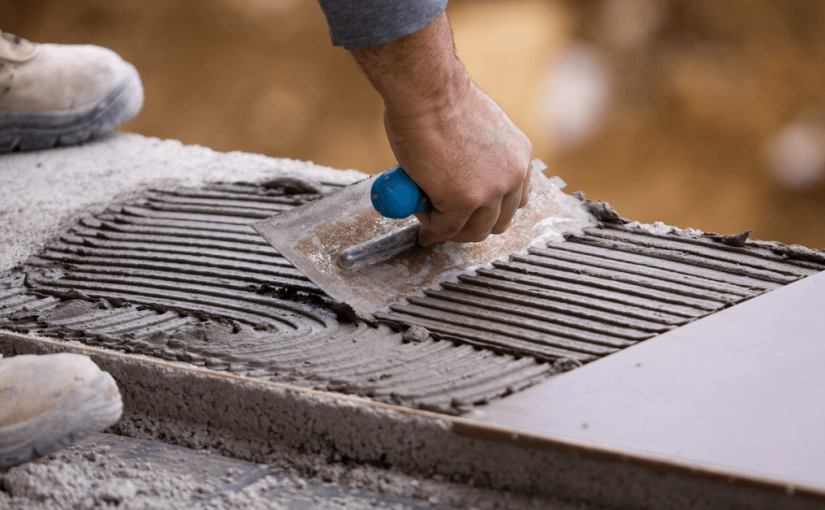We all know that there’s no such thing as a house that is “tornado-proof” outside of living in a bunker. However, if you’re building a house in tornado-prone places such as Texas, Oklahoma, Kansas, or other Midwestern states, there some building practices to keep in mind to minimize the potential damage to your home.
The Last Building Standing
There was an architect out of Waco, Texas at the beginning of the 20th century who claimed that his buildings were tornado-proof. (This man, Roy E. Lane, happens to be the great-grandfather of his article’s author.) He designed what is now the ALICO Building located in Downtown Waco. Upon claiming that his building was tornado-proof, most people scoffed at the idea. After a while, a tornado swept through the center of Waco, wiping out most everything in its path…aside from the ALICO Building. To this day, the ALICO Building is the only remaining high-rise building in all of Waco, Texas.
Is this because the building was truly tornado-proof? We may never know. What we do know is that there are designs, building styles, and materials that may decrease storm-related damage to your home — many of which were involved in the building of the ALICO Building. Here are some that you may consider instituting in the construction of a new home.
Continuous Load Path Structures
We all know that a house can fall down, but did you also know that a house can fall up? When a pressure imbalance from a storm approaches a house, it can literally use this imbalance to lift the building’s roof from the rest of the structure. A house can also fall sideways, usually resulting in either from a strong side wind or an earthquake that puts intense sideways pressure on the supports of the house. A continuous load path is a construction style that seeks to remove weak points from a home’s structural supports. This makes homes more resistant against upward drafts, pressure imbalances, and lateral movement. When speaking with your home-building professional, ask if your home design and construction include a continuous load path to ensure the stability of your house.
The Use of Insulated Concrete Blocks
Where some traditional construction materials for homes may fail in the event of a tornado, insulated concrete blocks have proven quite strong — withstanding winds of over 200 mph. Concrete construction means fewer lateral shifts from high winds in comparison to steel or wood construction. On a side note, insulated concrete blocks are also to be tremendously energy efficient and can result in a reduction in utility costs.
The Importance of a Safe Zone
If you’re building a new home in Oklahoma, you should know which location in the house is the safest to occupy in the event of a tornado. For help identifying this, we’ve created another resource to help you. In order to determine this space, we recommend asking your home building professional. This experienced professional will know precisely which space is best suited for weathering a violent storm.



